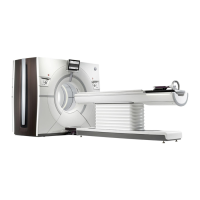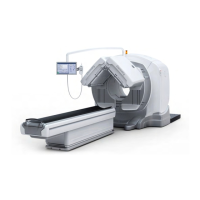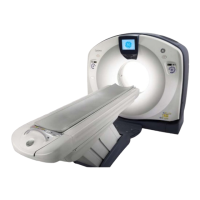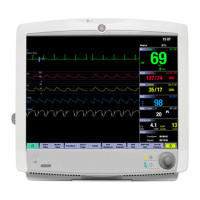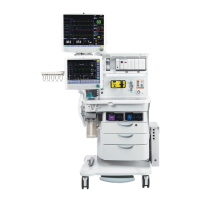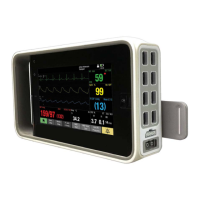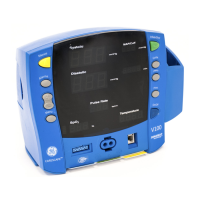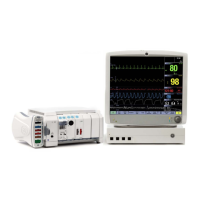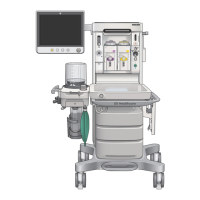GE MEDICAL SYSTEMS CT 9800 QUICK SYSTEM
Rev. 1 Direction 18000
6-3-3
3-3 Mag Tape Adjustments (Continued)
f. The Read, Write and Spacing commands specify the number of records to be read, written, etc.
If the word count (WC) is 37777, 100 records can be read, written or spaced in approximately
40 seconds. The number of records in a command can be adjusted depending on the amount of
time desired for an adjustment.
g. The space forward command sometimes does not work if the tape is at BOT and the tape is
blank or has been written in the other density mode. If this difficulty is encountered, write the
desired number of records, rewind, and then space forward.
h. If using the space backward command to reach BOT, specify a large number of records. The
tape will stop at BOT rather than wind off the end of the tape.
B. Tape Path Alignment
Refer to the procedure in the 6026 Manual, Part 4 Maintenance Manual, Chapter V. When necessary, load
the Command String Interpreter as previously described in procedure A. A Skew Tape (46-186572P235) is
required for this procedure.
To move the tape forward, type the underlined:
UNIT 0 ’CR’
TAPE MODE ’CR’
WC 37777 ’CR’
DATA ’CR’
COMMAND STRING
SPA FOR 100 ’CR’
To move the tape backward:
UNIT 0 ’CR’
TAPE MODE ’CR’
WC 37777 ’CR’
DATA ’CR’
COMMAND STRING
SPA BAC 100 ’CR’
